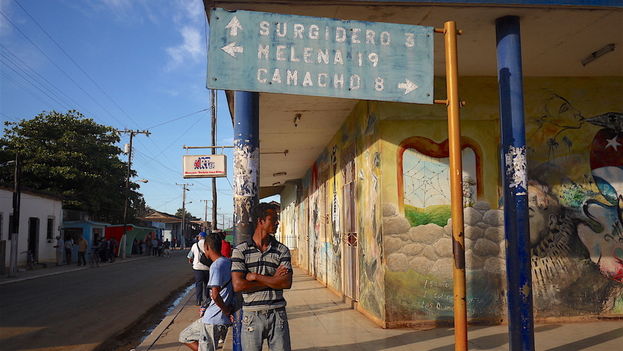
![]() 14ymedio, Havana, 18 August 2016 – The Surgidero de Batabanó, a fishing port with a little over 5,000 inhabitants, seems a place forgotten by modernity and development. However, among its humble homes and deteriorating streets lies one of the main centers of the illegal lobster trade that supplies Havana.
14ymedio, Havana, 18 August 2016 – The Surgidero de Batabanó, a fishing port with a little over 5,000 inhabitants, seems a place forgotten by modernity and development. However, among its humble homes and deteriorating streets lies one of the main centers of the illegal lobster trade that supplies Havana.
With an abundance of shellfish on the seabed, the economy of this coastal area, belonging to the province of Mayabeque, centers around the Industrial Fish Company and the Seafood Factory, but also the illegal capture of the queen of Cuban tables, the demand for which has grown with the increase in tourism and the expansion of private restaurants.
While glamorous dining locales have given rise in recent years to a lobster dish that never costs less than 15 Cuban convertible pesos, in Surgidero de Batabanó it is a common food on the tables of the poorest inhabitants. Most of their streets may be unpaved and at night the town is boring and dark, but the sea guards the greatest wealth all the residents there possess.
From their humble houses, hidden in suitcases under clothing, camouflaged with ingenious covers and pursued by the police who control the roads, travel the lobster tails that end up on the menu of the finest Havana paladares, the capital city’s private restaurants.
